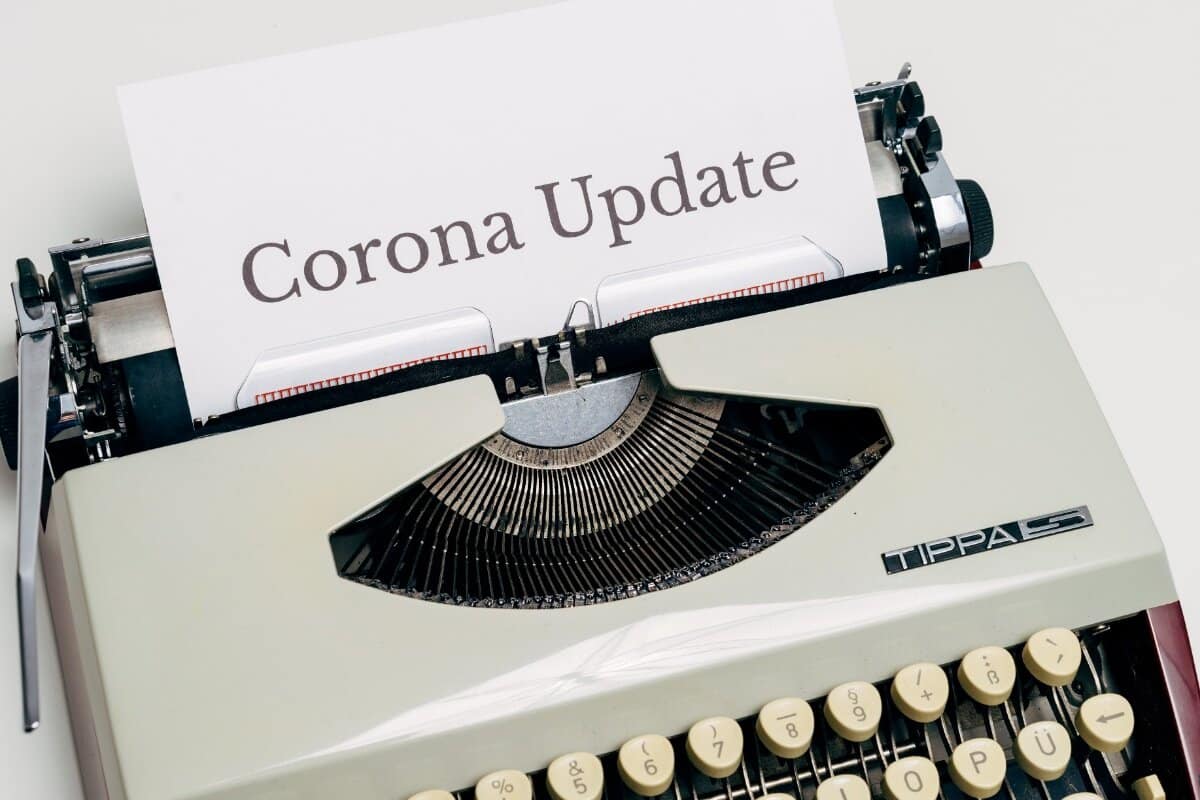May 22, 2020
From 26 May 2020, small and medium-sized employers will be able to reclaim employee coronavirus-related Statutory Sick Pay (SSP) from HMRC via the online SSP Rebate Scheme.
It is part of a number of support measures put in place by the UK Government to help businesses detrimentally affected by the pandemic. To be eligible for the scheme, employers must have had fewer than 250 employees and a working PAYE payroll scheme before 28 February 2020.
Employers can apply to reclaim SSP paid to current or former employees and the scheme will cover up to two weeks’ pay starting from the first qualifying day of sickness. The SSP must be paid to an employee who is unable to work because:
-
They have coronavirus or its symptoms;
-
They are self-isolating because someone they are living with has symptoms; or
-
They are shielding and have a doctor’s note telling them to stay at home for at least 12 weeks.
Employers can claim for periods of sickness from or after:
-
13 March 2020, if the employee had coronavirus, the symptoms, or was self-isolating because they live with someone who had the symptoms; or
-
16 April 2020, if the employee was shielding because of the coronavirus.
It is important to remember that before 6 April 2020 the weekly rate for SSP was £94.25 and now it is £95.85. This means employers can only claim up to the weekly rate applicable at the date of illness.
Also, employers should note that they are entitled to furlough employees who have been advised to shield in line with public health guidance and cannot work from home. However, once the employee is furloughed, they are no longer entitled to SSP because they would be classified as a furloughed employee so the employer can claim 80% of their normal salary from HMRC under the Coronavirus Job Retention Scheme instead.
The new Treasury Directive issued on 22 May 2020 now provides that where SSP is in payment or due to be paid, furlough cannot begin until immediately after the end of the ‘period of incapacity for work’ for which the SSP is being paid or due to be paid. It goes on to suggest that the timing of the end of the period of incapacity should be determined by agreement between the employer and employee.











